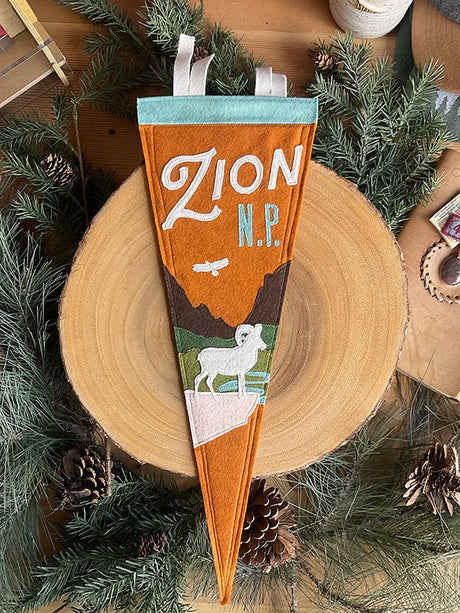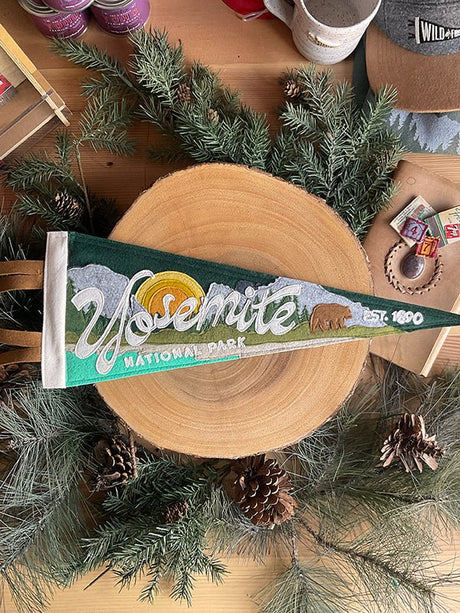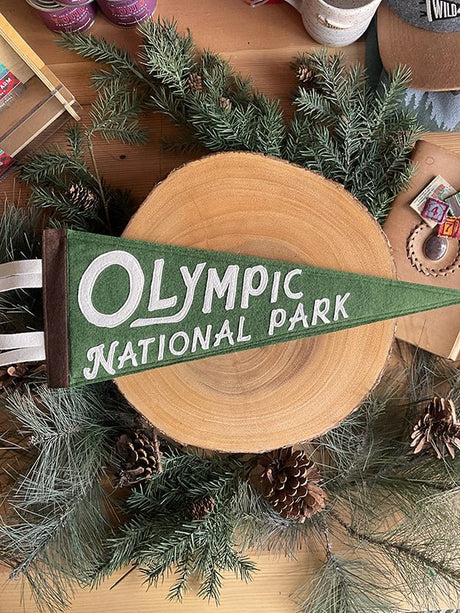So, you’re craving an escape into nature, but only have a half-hour to plan? Good news: that’s more than enough time to pull together a National Park trip that’s exciting, well-prepared, and surprisingly stress-free.
Whether you’re dreaming of hiking under red rock arches, road-tripping through alpine lakes, or pitching a tent under a billion stars—here’s how to make it happen, quickly.
1. Start With the Big Question: Where Do You Want to Go?
You don’t need to overthink this. Just ask yourself:
- How far do you want to travel?
- What kind of scenery excites you right now—desert, mountains, forest, coast?
- Are you looking to hike, drive, relax, or explore something new?
Tip: To make this even easier, try the List of Parks Tool. It’s a quick way to browse all U.S. National Parks and public lands by region, activities, and more. Perfect for finding a spot that fits your vibe.

2. Check Access and Park Logistics
Once you’ve picked your park (or narrowed it down), hop over to the official NPS website for that park to check:
- Entry requirements or timed reservations
- Any seasonal road or trail closures
- Hours of operation and weather advisories
Quick Tip: If you're visiting more than two parks this year, grab the America the Beautiful Pass—it’ll save you money and time at the gate.
3. Pick a Home Base
Are you camping? Booking a lodge? Staying nearby? Here are your go-to options:
- Recreation.gov for reserving campsites in most national parks
- Hipcamp for private campsites, glamping, and cabins
- Nearby towns or gateway communities for hotels, rentals, and food—some are hidden gems worth exploring on their own
Pro Tip: Even if a campground is full, keep checking. Cancellations happen often—especially within a week of your date.

4. Decide What You Want to Do Once You’re There
You don’t need a minute-by-minute itinerary—but a loose plan goes a long way. Think about:
- Top 1–2 things you really want to do (hike a certain trail, see a scenic drive, catch sunrise somewhere epic)
- Family-friendly activities like visitor centers or Junior Ranger programs
- Less-crowded areas of the park—check the NPS site or local blogs for hidden trails
Apps like AllTrails or GAIA GPS help with trails. And don’t forget to download offline maps—cell service is often spotty in the wild.

5. Jot Down a Packing List & Prep
Based on your activities, create a fast list:
- Water, snacks, sunscreen, layers
- Good footwear
- Map, ID, park pass
- Tent and camp gear (if staying overnight)
- Binoculars, camera, or anything that brings you joy outside
Pro Tip: Keep a “ready-to-go” outdoor bag stocked with essentials so spontaneous trips are even easier next time.

6. Add a Little Inspiration
Before you head out, get excited:
- Check the park’s Instagram for real-time conditions and photo ideas
- Watch a quick YouTube video or trip vlog
- Read recent reviews on Google Maps or Reddit
This step isn’t necessary, but it reminds you why you’re doing this—and helps you feel more connected to the place before you even get there.
🏞️ Final Thoughts: Park Planning Doesn’t Have to Be Complicated
You don’t need hours of research, a spreadsheet, or a travel agent. In just 30 minutes, you can plan a park trip that feels spontaneous and well thought-out. Use tools like the List of Parks Tool, the NPS app, and a few smart reservations, and you’re on your way.
The mountains (or canyons, or redwoods, or tidepools) are calling. Go answer.










